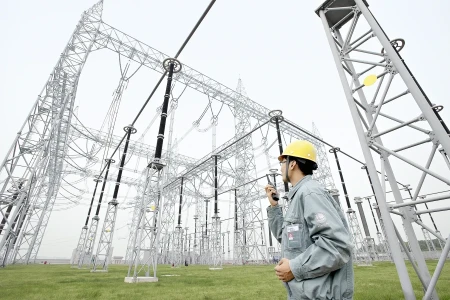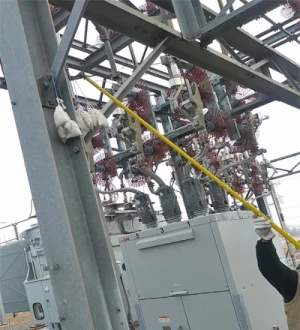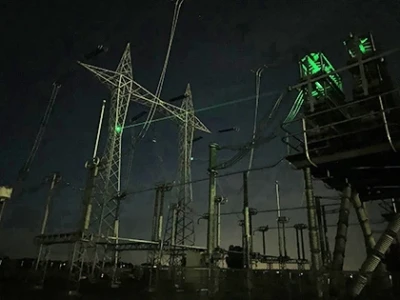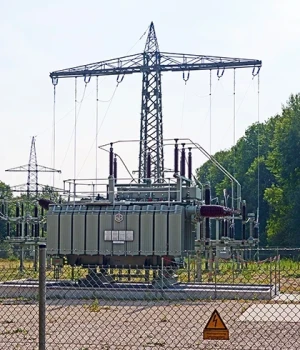Utilizing Fault Resistance to Test Distance Relays
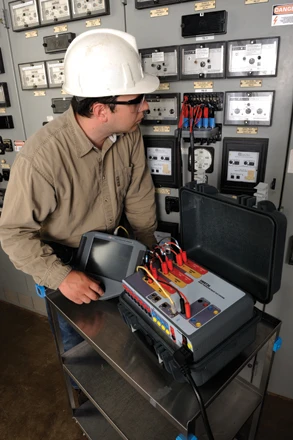
Taking power grid protection to an all-new level
BY JASON BUNEO & RENE AGUILAR, Megger
The testing of distance relays has evolved from testing simple electromechanical relays to the newest modern microprossesor relays. Most modern relays employ advanced algorithms that not only compare the direction of voltages and currents in the system but also rather look at other system components. For example, many modern relays utilize various methods in order to determine the direction of the fault such as negative sequence impedance, zero sequence impedance, cross polarization, and others. This is only one of the many parameters that make up the distance protection.
Due to this increase in complexity in distance relays, the test methods have also evolved from the simple traditional methods of injecting simple arbitrary test values to requiring more realistic test values. It is important to understand how these newer devices function in order to be able to verify their operation accurately. These newer test methods will help the user in the verification of the actual trip logic without having to disable other protection functions that could interfere with the testing of the distance elements.

